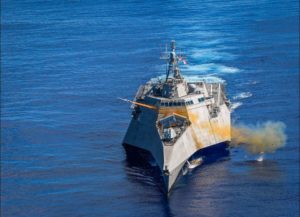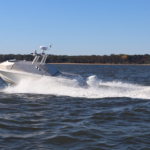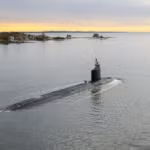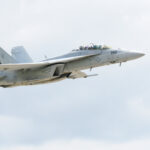
The Navy recently issued a sources sought notice seeking companies that can manufacture the Naval Strike Missile (NSM) as it eyes possible multi-year procurement. The notice said Naval Sea Systems Command is specifically looking to identify potential sources capable of building the Over the Horizon – Weapons System (OTH-WS) Encanistered Missiles (EM), which consists of a Naval Strike Missile encased in a firing canister made of a flight vehicle mechanically and electrically connected within the canister. The system also includes…

 By
By 











